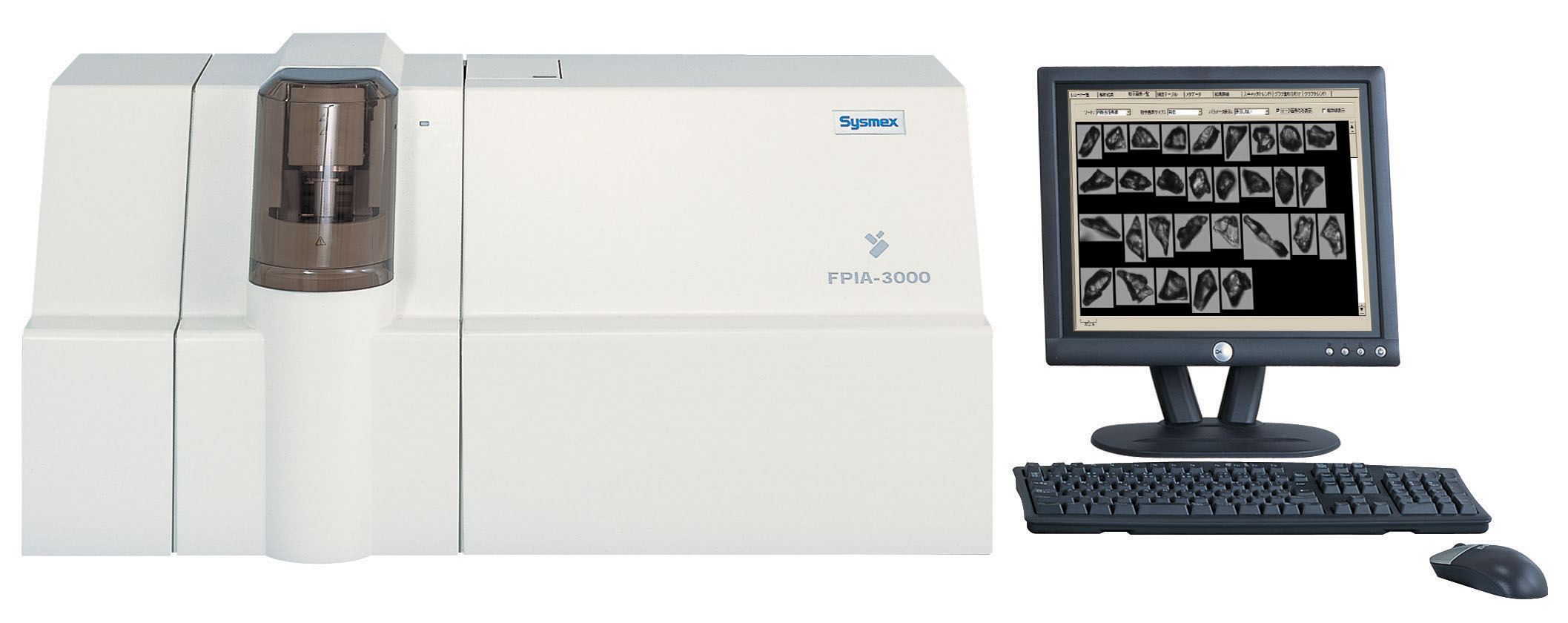The Sysmex Flow Particle Image Analyzer FPIA-3000 from Malvern Panalytical is proving to be the ideal tool for monitoring the deterioration of abrasive slurries used in the wire saw cutting process in solar cell production. Fast, efficient quantitative particle analysis provided by the Sysmex FPIA-3000 enables manufacturers to recycle slurry without compromising final product quality.

In solar cell production for the photovoltaic, semiconductor and microelectronics industries, the main technique for slicing silicon blocks into wafers is multi wire sawing. In order to improve efficiency, reduce production costs and reduce waste, the industry is moving towards recycling of the abrasive slurry used in the wire saw cutting process. To do this it is necessary to carefully monitor the slurry for the presence of unwanted particles that build up during the sawing process and would reduce the quality of the final product. Unwanted solids are separated from the abrasive slurry in a centrifuge so that it can be reused safely, with confidence.
The Sysmex Flow Particle Image Analyzer FPIA-3000 allows particle analysis of slurry samples in real-time. Images of up to 360,000 particles are captured by a CCD camera and statistical results presented in terms of particle size, shape, distributions and particle count. With standard operating procedures, measurements that take just two minutes and with single-click initiation, the Sysmex FPIA-3000 provides high throughput, easy operation and reproducible results.
With the ability to measure materials from 0.8 µm to 300 µm in size and to produce high quality particle images, the Sysmex FPIA-3000 is ideal for characterizing emulsions and suspensions.
The Sysmex FPIA-3000 enables reliable, repeatable and routine characterization of particle size distributions and particle shape distributions using automated imaging techniques.
Particle shape information is generated from the analysis of a large number of particles. Displays of size and shape data are supported by images of all particles to provide further visual understanding of the measurement data. www.malvern.com